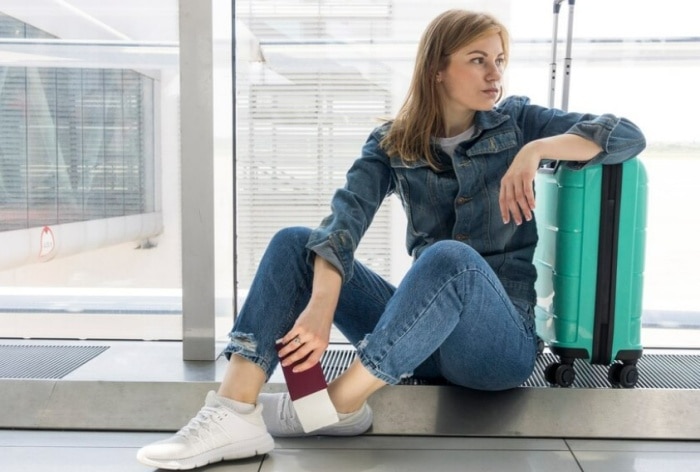Travel is all about the fun, unwinding and rejuvenating but for some it can lead to anxiety and further interefering with daily functioning as well.

Planning, making reservations, booking tickets is a lot. Travel is all about unwinding and letting lose. It is time away from the bustling chaos of cities and hustle culture. But sometimes, this whole idea of itinerary planning an travelling in itself becomes anxiety-inducing. It sure is considered to be something fun, something that helps to rejuvenate but sometimes it may take a toll on mental health as well. The idea of venturing out into unknown territory can be stressful.
So, is travel anxiety real? How exactly do we identify it and overcome it? India.cm reached out to few experts to comprehend it. In an exclusive conversation, Dr.Austin Fernandes – Psychiatrist, Dr. LH Hiranandani Hospital, Powai, Mumbai said that . “Yes, travel anxiety is a real problem that affects many people. It is a specific type of anxiety disorder that is triggered by the anticipation or experience of travel, especially when it involves leaving familiar surroundings and moving to a new or unfamiliar environment. Travel anxiety can manifest in various forms and intensities, ranging from mild discomfort to severe panic attacks.”
“Travel anxiety is real but it is not a mental health issue, but can be severe enough to interfere with people’s daily lives. Some people may experience travel anxiety because of negative past travel experiences or because they have an anxiety disorder, but it is a common issue that many people experience when they are planning to travel or during their journeys. There’s no one cause of travel anxiety; the triggers differ from person to person,” said Dr. Santosh Pandey, Naturopath and Acupuncturist, Rejua Energy Centre, Mumbai when asked about the realities of travel anxiety.
TRAVEL ANXIETY COMMON SYMPTOMS
Some people have travel anxiety in their entire lives, some shows on situation and location. It can show symptoms in various ways, such as feeling nervous, uneasy, nausea, diarrhoea, sweating, shaking, restlessness, trouble sleeping or fearful about the trip.
- Excessive worrying: People with travel anxiety often worry persistently and excessively about various aspects of the trip, such as transportation, accommodations, safety, or fear of getting lost.
- Physical symptoms: Anxiety can manifest itself in physical symptoms such as racing heart, sweating, trembling, shortness of breath, nausea and dizziness. These symptoms may increase as the travel date approaches or during the trip itself.
- Avoidance behaviour: People who suffer from travel anxiety do everything they can to avoid or postpone travel plans. They cancel trips, look for excuses, or seek alternative transportation to avoid triggering their anxiety.
- Panic attacks: Some people experience panic attacks, which are characterized by sudden and intense feelings of anxiety, accompanied by physical symptoms such as chest pain, choking sensations, and fear of losing control or dying.
- Sleep disturbances: Anxiety can disrupt sleep patterns and lead to difficulty falling asleep or staying asleep. This can lead to fatigue and further worsen anxiety symptoms.
- Irritability and restlessness: travel anxiety can lead to increased irritability, restlessness and difficulty concentrating. The sufferer may feel constantly irritable or on high alert.
- Social withdrawal: Individuals with travel anxiety may isolate themselves from social activities or avoid group travel due to their fear of experiencing anxiety symptoms in front of others.
It is advised seeking professional help from a mental health practitioner, such as a psychologist or psychiatrist. They can provide an accurate diagnosis and develop a tailored treatment plan, which may include cognitive-behavioral therapy (CBT), medication, relaxation techniques, or exposure therapy to help manage and overcome travel anxiety.

Don’t Miss Out on the Latest Updates.
Subscribe to Our Newsletter Today!

